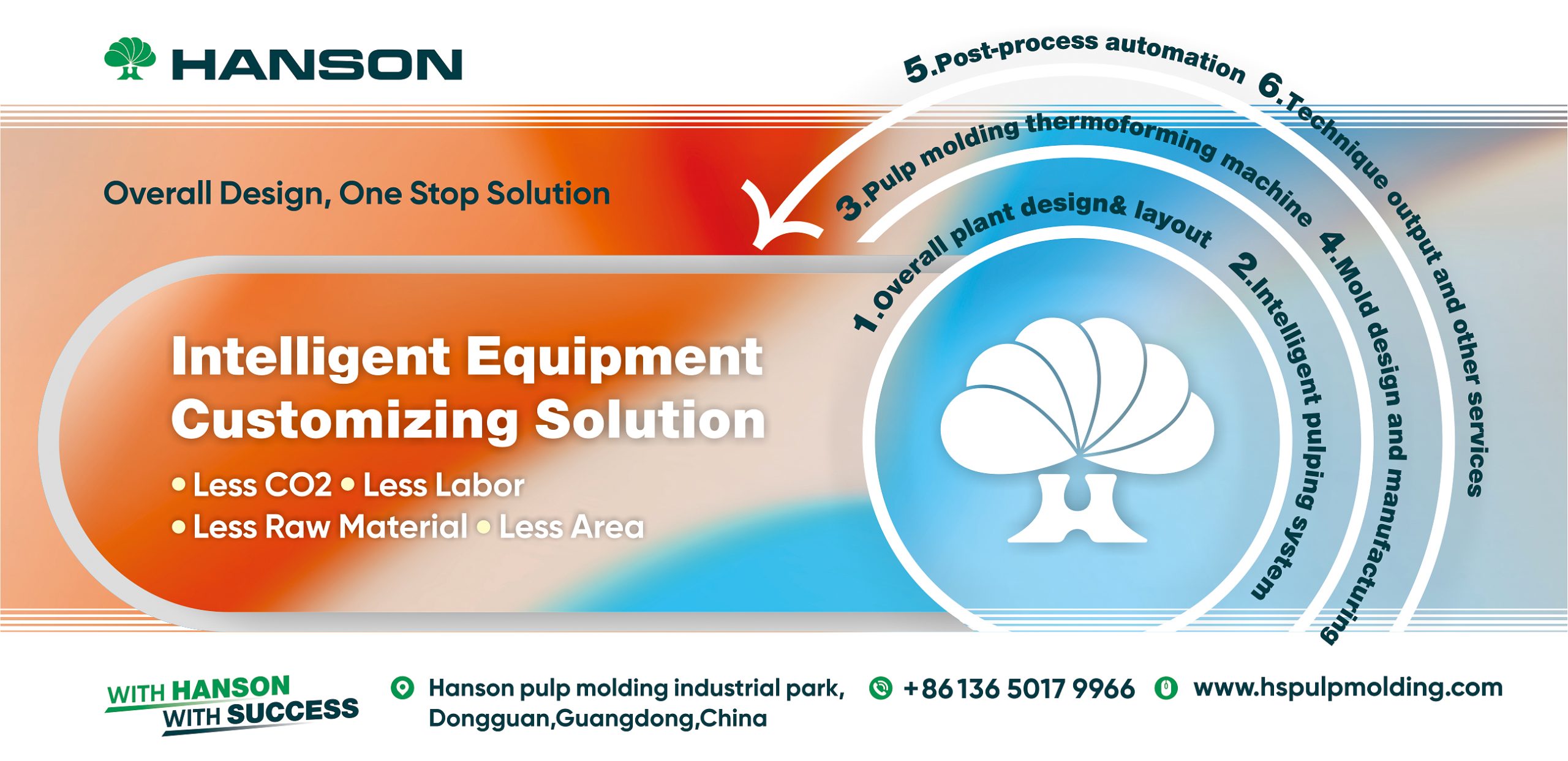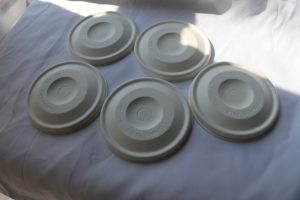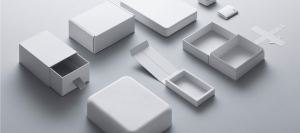With the continuous development of science and technology, cochlear implants have become an important tool for many hearing-impaired patients to regain their hearing. However, the traditional cochlear implant packaging method has many problems, such as fragile and difficult to carry. In order to solve these problems, a new packaging method—paper-plastic packaging came into being. It can not only protect the cochlear implant, but also has the advantages of portability and environmental protection. This article will introduce in detail the application and significance of paper-plastic packaging in the field of cochlear implants.
Comparison between cochlear implants and traditional packaging methods
The traditional packaging method of cochlear implants is mainly protected by metal or plastic shells. This method has the advantage of strong protection, but its disadvantages are also obvious, such as heavy weight and volume, which are not easy to carry and store. In addition, due to the existence of the metal shell, the cochlear implant is prone to generate static electricity during use, which affects the use effect.
Application of paper-plastic packaging in cochlear implants
Paper-plastic packaging is a new type of packaging, which combines paper materials and plastic materials, which not only has good physical properties, but also has certain biocompatibility. The application of paper-plastic packaging in the field of cochlear implants is mainly reflected in the following aspects:
- Protection: Paper-plastic packaging has good cushioning performance, which can effectively protect the cochlear implant from impact and extrusion during transportation.
- Portable: The paper-plastic packaging is small in size and light in weight, making it easy for users to carry it with them.
- Environmental protection: paper-plastic packaging is made of degradable paper materials, which is friendly to the environment.
Advantages and challenges of paper-plastic packaging
Compared with traditional packaging methods, paper-plastic packaging has obvious advantages, but it also faces some challenges. How to ensure the protective performance of paper-plastic packaging to prevent cochlear implants from being damaged during use; how to improve the production efficiency of paper-plastic packaging and reduce production costs; problems to be solved in the application.
For example: Cochlear is the world’s leading provider of implantable hearing solutions – cochlear implants. Currently, the cochlear implants used by Cochlear are packaged in PaperFoam®, an environmentally friendly packaging material.
PaperFoam® is a low-carbon and environmentally friendly packaging material from the Netherlands. Its main ingredients include potato starch and plant fiber. This material can be completely degraded in the natural environment and is environmentally friendly. In addition, PaperFoam® is ultra-light and can provide good cushioning protection for products.
The impact of paper and plastic packaging on the cochlear implant industry

The emergence of paper-plastic packaging has undoubtedly brought new development opportunities for the cochlear implant industry. On the one hand, the portability and environmental protection of paper-plastic packaging can meet the needs of users and improve user experience; on the other hand, the popularity of paper-plastic packaging will also promote technological innovation and industrial upgrading in the medical packaging industry.
As pulp molding technology has been widely used and innovated in recent years, the following are some cases of pulp molding technology innovation and industrial upgrading:
- Environmentally friendly packaging materials: Due to the increasingly serious environmental pollution caused by traditional plastic packaging, more and more companies have begun to use pulp molding technology to produce environmentally friendly packaging materials. For example, a company in China has developed a degradable lunch box using pulp molding technology, which is not only environmentally friendly, but also lasts longer than traditional plastic lunch boxes.
- 3D printing technology: With the continuous development of 3D printing technology, more and more pulp molded products have begun to use 3D printing technology for production. For example, a company in the United States has developed a pulp molding model based on 3D printing technology for the manufacture of complex parts and models.
- Intelligent manufacturing technology: With the popularization of intelligent manufacturing technology, more and more pulp molding enterprises have begun to adopt intelligent equipment and systems to improve production efficiency and quality. For example, a pulp molding company in China has introduced an intelligent production line to optimize the production process and product quality through automated control and data analysis.
- Circular economy model: In order to maximize the utilization of resources and reduce environmental pollution, more and more pulp molding enterprises have begun to adopt the circular economy model for production and operation. For example, a pulp molding company in Japan has established a waste paper recycling system to convert waste paper into new pulp raw materials and realize the recycling of resources.
We believe that the emergence of new paper-plastic packaging will bring more convenience and comfort to hearing-impaired patients. At the same time, it also helps to promote the development and innovation of paper-plastic packaging technology and bring more beautiful experiences to people’s lives. Let us look forward to the development and progress of paper-plastic packaging in the future!



